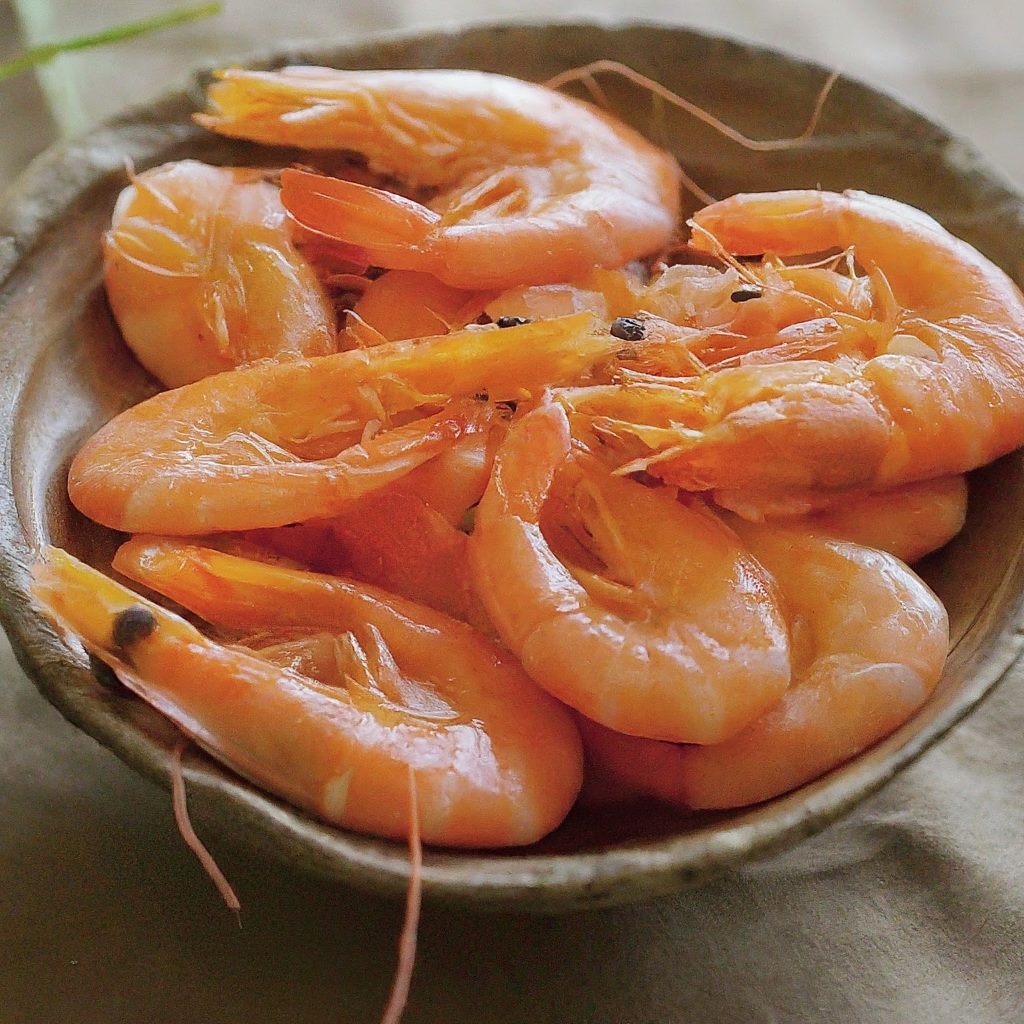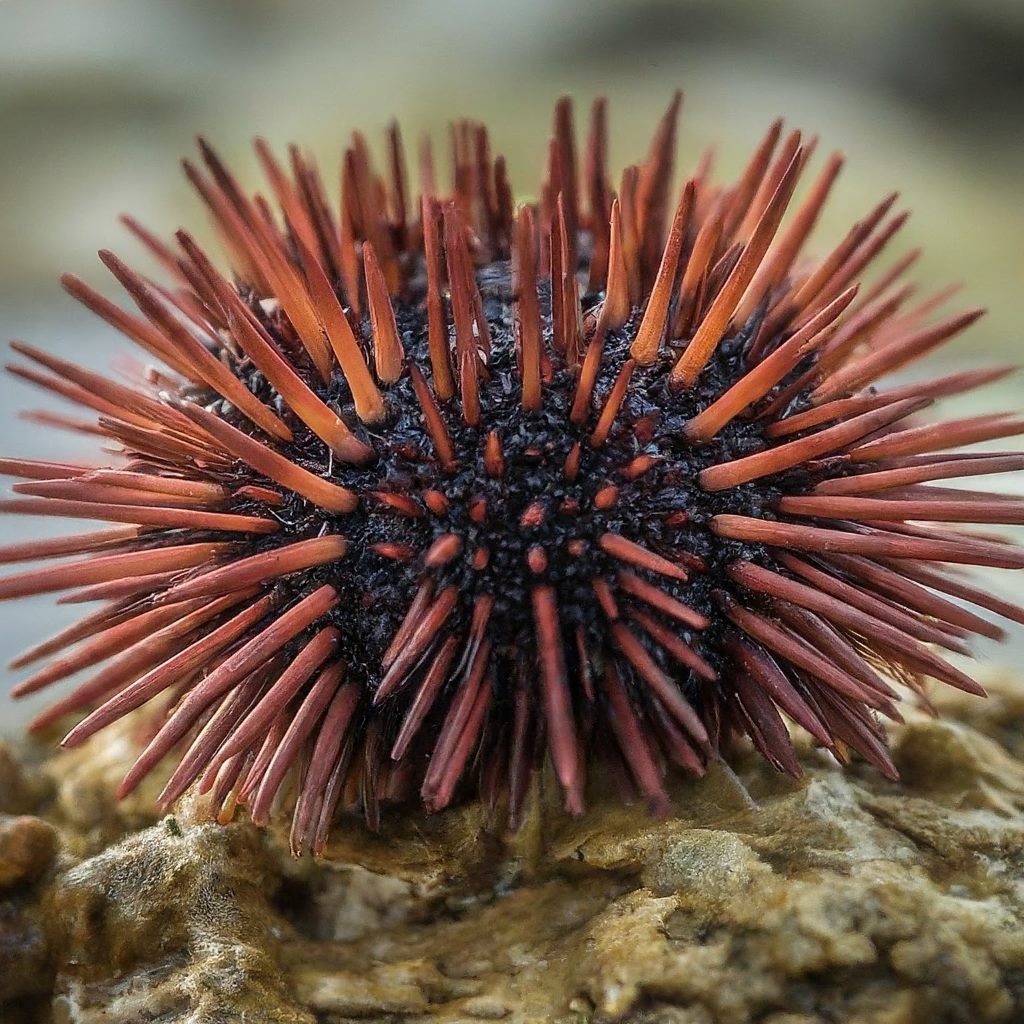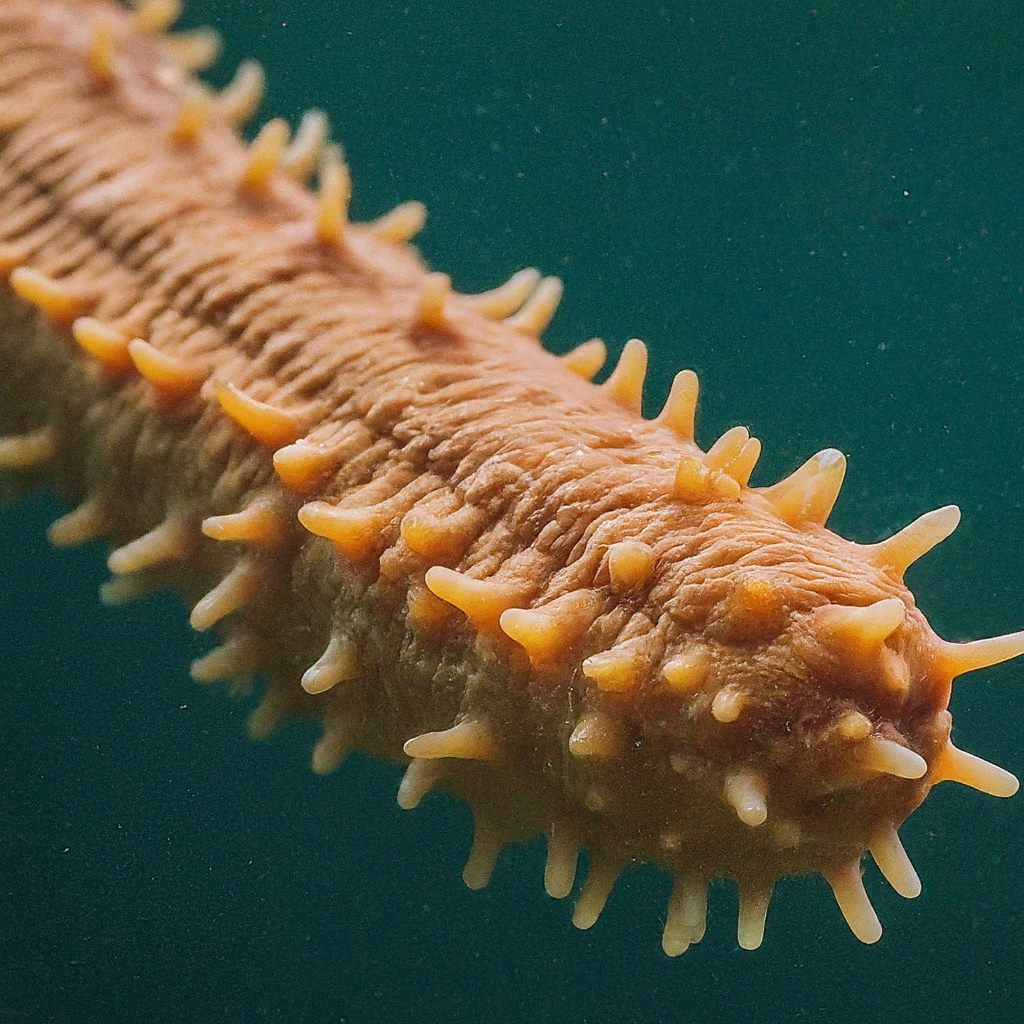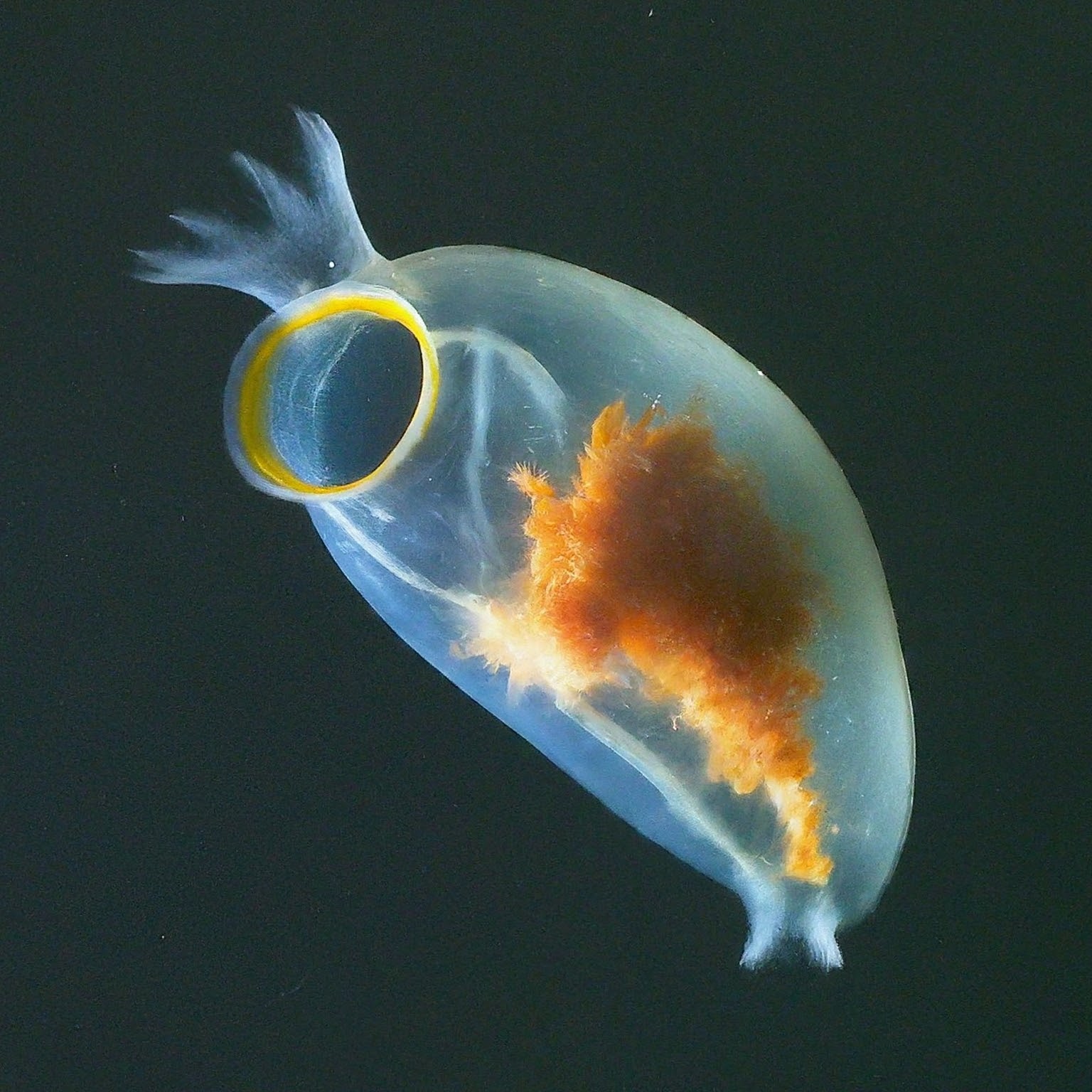In the vast and diverse world of animals, there exist some remarkable creatures that possess unique adaptations, rendering them incapable of experiencing pain as we understand it. These animals, ranging from sessile organisms with no brains to highly specialized marine species, challenge our conventional understanding of sensation and consciousness. In this comprehensive article, we will delve into the fascinating realm of animals that cannot feel pain, exploring their biology, behavior, and the remarkable adaptations that allow them to thrive in their environments. From the enigmatic jellyfish to the resilient naked mole rats, each species offers a glimpse into the intricate web of life on our planet.
Post Contents
Sessile Animals with No Brains:
Sea Sponges:
Adaptations: Sea sponges are among the simplest multicellular organisms, lacking nervous systems or specialized sensory organs. Instead, they rely on specialized cells called choanocytes to filter food particles from the water.
Behavior: Sea sponges are sessile filter feeders, anchored to the seafloor or other substrates. They exhibit minimal movement and primarily rely on water currents to bring nutrients to their porous bodies.

Corals:
Adaptations: Corals are colonial marine invertebrates that lack centralized nervous systems. Instead, they rely on a decentralized network of nerve cells called a nerve net. While corals can detect changes in their environment, they do not possess the capacity to experience pain in the same way more complex animals do.
Behavior: Corals form symbiotic relationships with photosynthetic algae called zooxanthellae, which provide them with energy through photosynthesis. They primarily remain stationary, forming massive reef structures over time.
Sea Anemones:
Adaptations: Sea anemones possess a decentralized nervous system composed of nerve nets and ganglia. While they can respond to stimuli such as touch or changes in light, their lack of a centralized brain means they do not experience pain in the same way higher animals do.
Behavior: Sea anemones are predatory animals that use their venomous tentacles to capture prey such as fish and crustaceans. They attach themselves to rocks or other substrates and can retract into a protective polyp when threatened.

Shrimps:
- Adaptations: While shrimps have nervous systems capable of detecting stimuli, recent studies suggest that they may lack the neural circuitry necessary for experiencing pain. Their responses to potentially harmful stimuli appear to be more reflexive than conscious.
- Behavior: Shrimps are aquatic crustaceans found in both freshwater and marine environments. They are important members of aquatic food webs, serving as prey for larger fish and invertebrates.

Jellyfish:
Adaptations: Jellyfish belong to the phylum Cnidaria and lack centralized nervous systems. While they possess rudimentary nerve nets that allow them to detect environmental stimuli, they do not have brains or true sensory organs. As a result, they are not believed to experience pain.
Behavior: Jellyfish are gelatinous, free-swimming creatures found in marine environments worldwide. They use their tentacles armed with stinging cells called nematocysts to capture prey and defend against predators.

Clams:
Adaptations: Clams are bivalve mollusks with simple nervous systems consisting of ganglia and nerve fibers. While they can detect changes in their environment, including potential threats, their neural architecture does not support the perception of pain.
Behavior: Clams are filter feeders that live in marine or freshwater habitats. They bury themselves in sediment or attach to hard substrates, using siphons to draw in water and filter out food particles.
Oysters:
Adaptations: Like clams, oysters are bivalve mollusks with limited nervous systems. While they can respond to stimuli such as changes in water temperature or salinity, they lack the neural complexity necessary for experiencing pain.
Behavior: Oysters are filter feeders that live in estuarine and marine environments. They attach themselves to hard surfaces such as rocks or pilings, filtering plankton and other organic matter from the water.

Sea Urchins:
Adaptations: Sea urchins possess a decentralized nervous system known as a nerve ring, which encircles their mouth and extends into radial nerves. While they can detect physical stimuli, they lack the neural structures associated with pain perception.
Behavior: Sea urchins are echinoderms found in oceans worldwide. They move slowly along the seafloor using tube feet and feed on algae, detritus, and small invertebrates.
Sea Squirts:
Adaptations: Sea squirts, also known as tunicates, are marine filter feeders with rudimentary nervous systems. While they can respond to environmental cues, they lack the neural complexity required for experiencing pain.
Behavior: Sea squirts are sessile or planktonic organisms found in marine environments. They filter food particles from the water using a siphon and are important contributors to marine ecosystems.

Sea Cucumbers:
Adaptations: Sea cucumbers possess a decentralized nervous system similar to other echinoderms. While they can detect changes in their environment, including potential threats, they lack the neural circuitry for processing pain.
Behavior: Sea cucumbers are marine invertebrates found on the ocean floor worldwide. They play important roles in nutrient recycling and sediment dynamics, feeding on detritus and organic matter.
Sea Lilies:
- Adaptations: Sea lilies, also known as feather stars, are marine animals belonging to the class Crinoidea. They possess decentralized nervous systems with nerve rings and radial nerves but lack the complexity necessary for pain perception.
- Behavior: Sea lilies are sessile filter feeders that anchor themselves to the seafloor using a stalk. They extend their feathery arms into the water to capture plankton and organic particles.
Man O’ Wars:
- Adaptations: Man o’ wars, or Portuguese man-of-war, are colonial hydrozoans consisting of specialized polyps. While they possess simple nervous systems capable of detecting stimuli, they do not have the neural structures for experiencing pain.
- Behavior: Man o’ wars are pelagic organisms found floating on the ocean’s surface, propelled by wind and currents. They capture prey with their tentacles armed with venomous nematocysts.
Placozoans:
- Adaptations: Placozoans are among the simplest multicellular animals, lacking organs, tissues, or nervous systems. While they can respond to external stimuli, their responses are limited and do not include the perception of pain.
- Behavior: Placozoans are microscopic organisms found in marine environments worldwide. They glide along surfaces using cilia and feed on algae and bacteria.

Naked Mole Rats:
- Adaptations: Naked mole rats possess specialized pain insensitivity mechanisms, including altered nerve cell signaling and reduced sensitivity to certain pain-inducing stimuli. While they can detect physical stimuli, they exhibit minimal responses to pain.
- Behavior: Naked mole rats are social rodents found in underground burrows in Africa. They exhibit eusocial behavior, living in colonies with a queen and specialized castes for digging, foraging, and defense.
Why some animals don’t scream in pain when eaten alive?
The phenomenon of animals remaining seemingly silent and motionless while being attacked or eaten alive has puzzled many observers, prompting questions about their ability to experience pain and why they do not exhibit typical responses associated with agony, such as screaming or struggling. However, there are several reasons why animals may appear stoic in the face of predation:
- Self-Anesthesia: Animals possess natural mechanisms, such as the release of endorphins and adrenaline, that can dampen the perception of pain in certain situations. Evolution has favored the suppression of pain responses during activities essential for survival, such as mating or escaping predators.
- Acclimation: Over time, animals can become desensitized to repeated stimuli, including pain. Through exposure to frequent minor injuries, wild animals may develop a tolerance to pain, allowing them to function effectively despite discomfort.
- Adaptation: Species that experience frequent or intense damage may undergo evolutionary adaptations to cope with pain more effectively. Traits that reduce sensitivity to pain may become prevalent within populations, enhancing survival in challenging environments.
- Different Pain Responses: Animals exhibit a diverse range of behaviors in response to pain, which may not always resemble human reactions such as screaming or flinching. Some species may adopt defensive postures or remain still to minimize further injury and increase their chances of survival.
Summary:
In conclusion, the animals discussed in this article offer intriguing insights into the diversity of life on Earth and the varied ways organisms perceive and respond to their environments. From sessile marine invertebrates with decentralized nervous systems to complex social mammals with specialized adaptations, each species has evolved unique strategies for survival.
While some animals may lack the capacity for experiencing pain as humans understand it, they exhibit a remarkable array of behaviors and adaptations that enable them to thrive in their respective habitats. Understanding the biology and behavior of these animals not only sheds light on the complexity of the natural world but also underscores the importance of conserving biodiversity for future generations.
FAQs (Frequently Asked Questions):
- Do these animals feel any sensations at all?
- While these animals may lack the capacity to experience pain as humans do, they are still capable of sensing various stimuli in their environments. Their responses to these stimuli may include behaviors such as feeding, reproduction, and avoiding potential threats.
- How do scientists determine whether animals can feel pain?
- Scientists use a combination of behavioral observations, physiological measurements, and genetic analyses to assess an animal’s capacity for pain perception. These studies may involve examining neural pathways, response patterns to noxious stimuli, and the presence of pain-related genes.
- Are there any ethical implications associated with studying pain perception in animals?
- Studying pain perception in animals raises ethical considerations regarding the welfare of the subjects involved. Researchers must balance the potential benefits of scientific knowledge with the ethical responsibility to minimize harm and suffering in animal research.
- What are the implications of these findings for animal welfare and conservation?
- Understanding the pain perception capabilities of different animal species is crucial for informing conservation efforts and promoting animal welfare. By recognizing which animals may experience pain and distress, conservationists can develop strategies to mitigate human-induced threats and protect vulnerable species.
- How do these findings impact our understanding of pain in humans?
- Studying pain perception across a diverse range of animal species provides valuable insights into the evolution and function of nociceptive systems. By comparing similarities and differences in pain processing mechanisms, scientists can gain a deeper understanding of pain biology and develop more effective treatments for pain-related conditions in humans.
- Are there any implications for animal testing and experimentation?
- The findings regarding pain perception in animals have important implications for the ethical treatment of animals used in scientific research and testing. Researchers must consider the potential for pain and suffering in experimental animals and take steps to minimize distress through appropriate anesthesia, analgesia, and humane treatment protocols.

94% of pet owners say their animal pal makes them smile more than once a day. In 2007, I realized that I was made for saving Animals. My father is a Vet, and I think every pet deserves one. I started this blog, “InPetCare”, in 2019 with my father to enlighten a wider audience.
